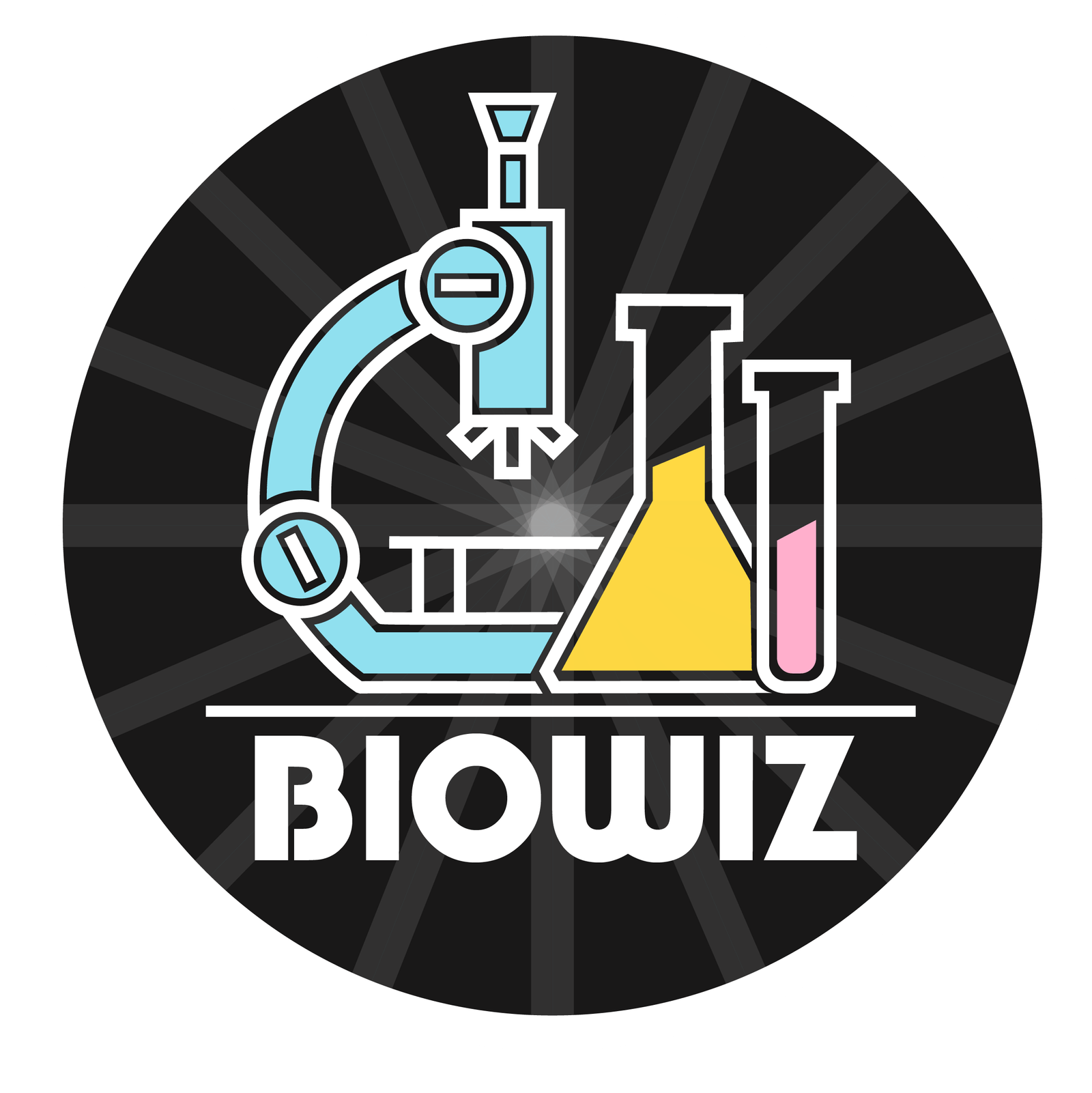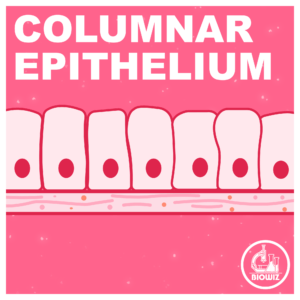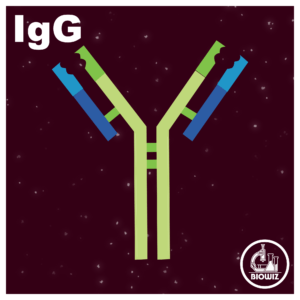SEED GERMINATION
- Seed germination is the first step in the life cycle of Gymnosperms
- When conditions are favorable, gymnosperm seeds germinate, initiating the growth of a new plant.
- The seed germinates and the diploid embryo divides and grows leading to the formation of the main plant body called Sporophyte which is the diploid plant body.
- The Sporophyte develops into a tall tree and is well differentiated into Root, Stem and Leaves.
SPORE AND GAMETE FORMATION
- Some leaves are modified into specialised spore forming structures called Sporophylls.
- Sporophylls are grouped to form compact structures called Strobilus or Cones.
- Male cones are formed by compact arrangement of Microsporophylls and are the site of Microsporogenesis or Microspore formation.
- The male cones contain Microspore Mother Cells which divides by meiosis to form Microspores or male spores.
- The microspores develops into Pollen grains and contains 3-4 haploid cells.
- Female cones are formed by compact arrangement of Megasporophylls and are the site of Megasporogenesis or Megaspore formation.
- The female cones contain Megaspore Mother Cells which divides by meiosis to from 4 haploid Megaspores or female spores.
- Out of 4 megaspores only one remains functional.
- The functional megaspore divides and develops into the female gametophyte called Endosperm.
- Inside the endosperm, the 2 to 8 female sex organs called Archegonium develops. Each archegonium contains a haploid female gamete called Egg/ Ovum.
POLLINATION
- Pollination in gymnosperms involves the transfer of pollen from male cones to female cones, usually facilitated by wind.
- Pollen grains land on the ovules of female cones and adhere to a sticky substance known as the pollination drop.
- The pollen grain germinates and forms a pollen tube, through which sperm cells travel to reach the egg cells within the ovule.
FERTILIZATION
- Once the pollen tube reaches the egg cell, fertilization occurs, resulting in the formation of a zygote.
- This fertilization process is unique in gymnosperms because it takes place within the ovule, which remains on the parent plant rather than being dispersed immediately.
SEED DEVELOPMENT
- After fertilization, the zygote develops into an embryo within the ovule, which eventually matures into a seed.
- Gymnosperm seeds are typically surrounded by a protective seed coat, derived from the integument of the ovule.
- Unlike angiosperms, gymnosperms lack fruit structures, so their seeds are often dispersed by wind, water, or animals.
#class 11 biology #class 11 botany #Plant kingdom




